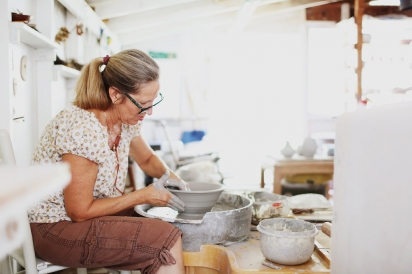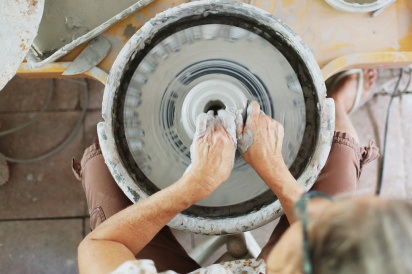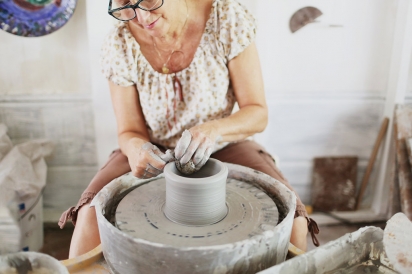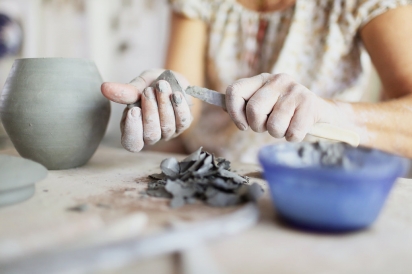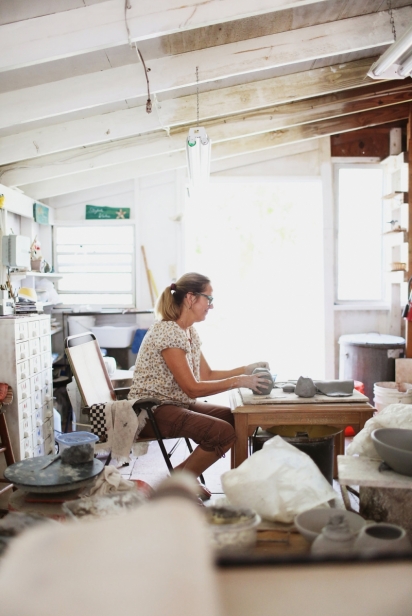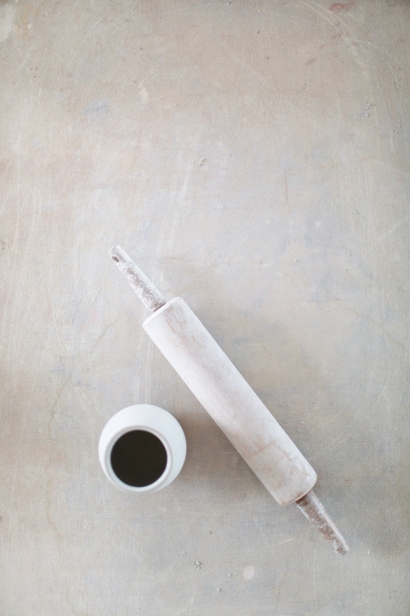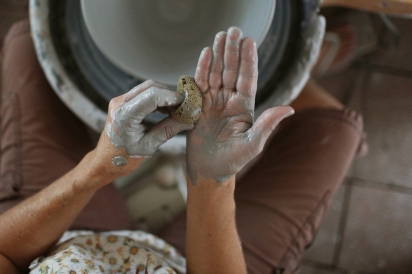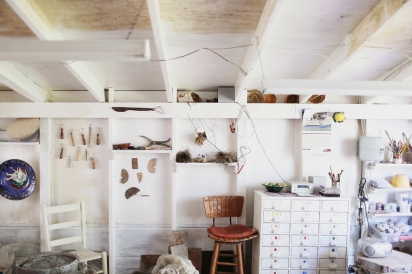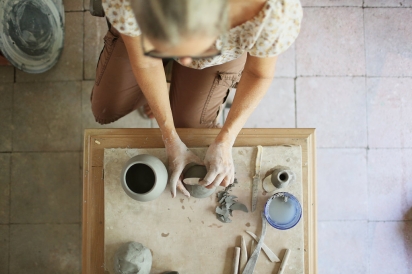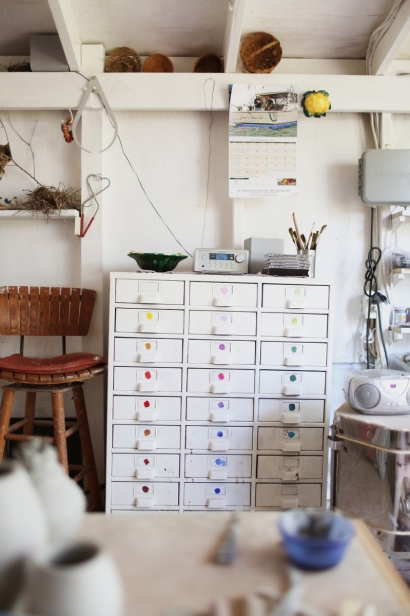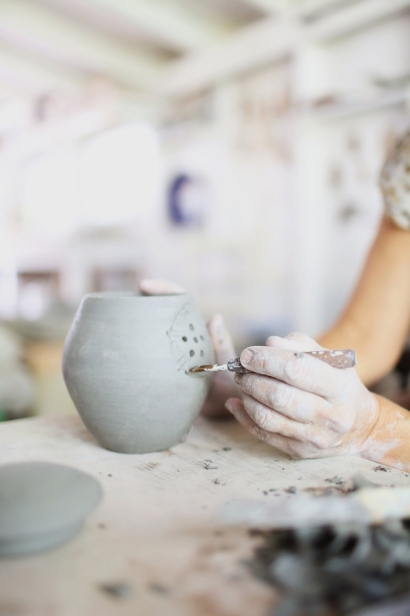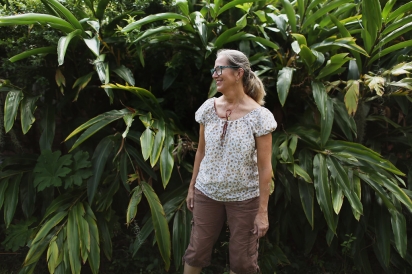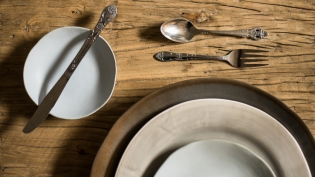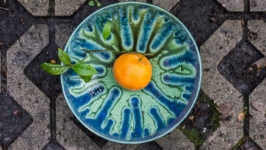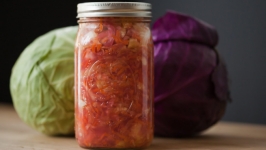Earth and Fire
People have been playing with mud for thousands of years. Indigenous people native to our region, like the Timucua and Guale, made pots for storing and cooking food with clay from the banks of rivers and inlets. They blended coils of clay, scored the outside with designs and baked them in an open fire pit. These earthenware pots could be sealed with a coating of oil, pitch or fat. People later discovered the process of adhering ash glaze to the pots, thus making them truly impervious to liquids. Spanish explorers transported olives to Florida in clay jars, the remnants of which are well documented.
Making ceramic cookware may be an ancient trade, but it is alive and well today, from hobbyists to professionals, and the essence of the craft is the same.
Along with an eye for design, potters need a solid understanding of the periodic table of elements. The properties of finished ceramics are directly related to the elements in the clay, and a potter needs to be familiar with certain compounds and the way they impact a finished piece. A potter can mix her own clay by combining prescribed ratios of compounds. In other words, she follows a recipe. After the clay rests and is molded, it’s time to put it in the oven.
A piece of pottery is often baked in a kiln (fired) at very high temperatures at least twice. First, the bisque firing transforms the wet clay into a dry, porous material that is ready to receive a glaze. Next, the glaze firing adheres the glaze to the pottery, creating a shiny, impervious coating. Even though the process for creating ceramics is systematic, there are innumerable possibilities for the end product. Ceramics rely entirely on infinite combinations of elements in the clay and glaze. Even changes in the weather, which can be swift or unexpected, affect the workability of the clay. In the end, when earth and fire meet in the kiln, a potter relinquishes control to the elements.
Gayle Prevatt, an owner of Moultrie Creek Studios in St. Augustine, began her journey with clay as a child, playing in the mud of the St. Johns River. Later, Prevatt took formal lessons and was eventually hired by the state of Florida to create pottery in the authentic manner of the Guale tribe. She came full circle and was back to digging in the mud, this time in the San Sebastian Inlet. As her studies matured, Prevatt was drawn to the Spanish and English forms of Majolica, colorful ceramics with images of food and animals painted on a light background. That influence is clearly seen in her portfolio of dishware that is both whimsical and useful. Prevatt believes the role of potters in society remains unchanged — to provide beautiful, functional heirlooms to members of the community.
The relevance of handmade vessels for food and drink is also evident during a visit to Westside Studio Clayarts in St. Augustine. Potters Toni DeWitt and Bob Heim are both trained artists skilled in a number of media. They chose to focus on clay because they made a conscious decision to develop a business that could be personalized and regionally focused. Their aesthetic can be defined as “fine function.” Most of their orders are for custom-made dinnerware from people who have a fervent romance with pottery. The depth and gloss of the blue-green pottery at the Westside Studio is certainly enough to inspire love.
“It’s almost genetic,” Heim said in reference to the mysterious reason so many people feel an emotional tug toward artisanal ceramics. Clay is literally earth and pottery holds a collective memory of our direct connection to the soil and the elements and the fragile heft of pottery may remind us of our own lives.
DeWitt said that pottery “can make a house a mansion and make a home rich.” Meals are often the centerpiece of family life but the vessels that transport that nourishment are often undervalued. When given the same attention as the food, those vessels provide an awe-inspiring foundation.
Prevatt would certainly agree. Her own cupboards are filled with ceramics she has collected over the years. Both she and DeWitt carefully choose which dish to use for each meal. Prevatt lets the story of each piece guide her decision-making so that a meal is an experience of time-travelling through memory. DeWitt considers shape,color, size and purpose so that every meal is a work of art and her senses begin feasting before she takes the first bite.
When we bring the presence of local artisans into our kitchens, through items like pottery and other carefully curated regional products, even cooking alone becomes communal. Eating locally gains another layer of meaning, and we are moved to joy by a glossy bowl of oranges, by both the fruit and the container in which it sits.





